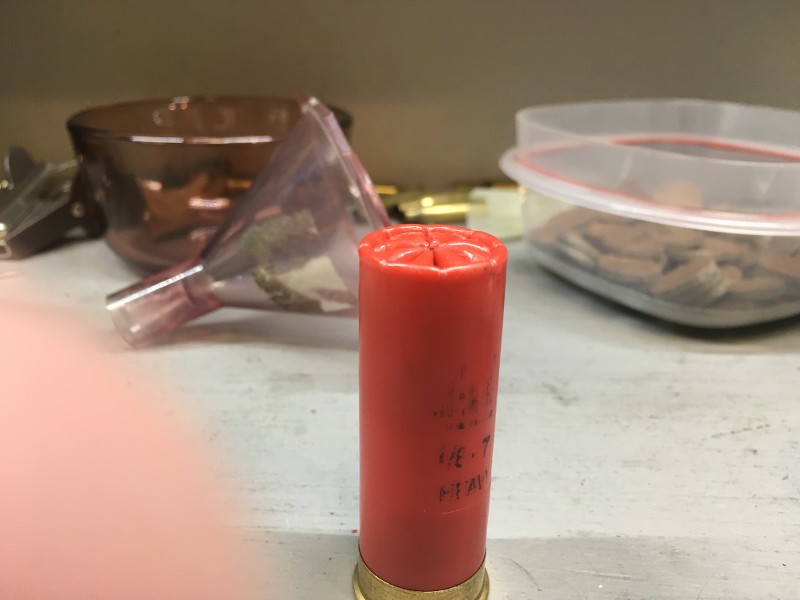Now I started reloading 12ga at the height of the panic and really mostly tried using the powder and primers I had available to me which pigeonholed my load capabilities
Since it sounds like you are fairly new to shotshell loading there are some things I wonder if you are aware of, and forgive me for asking if you already know...
Do you know about the differences between high brass and low brass shells, and high base wad and low base wad cases?
Back in the 70s when I got into shotshell reloading, ANY variation from the published data was strongly discouraged, for safety reasons. Unlike metallic cartridge reloading, shotshell and shot gun safety margins are much lower. A change of components that might result in a small pressure excursion that would essentially be unnoticed in a pistol or a rifle MIGHT be dangerous in a shot gun. SO the rule was only EXACTLY what was in the data was used.
Specific case, specific wad, primer, powder & charge, and shot weight. Shot SIZE could be anything you wanted, as long as the weight was right.
Typically heavier loads, and buckshot were loaded in high brass, low base wad hulls. Light loads, field, trap & skeet were loaded in low brass (high base wad) hulls.
I realize you've only got what you've got, but the picture is a low brass hull, and those typically have high base wads, and so not as much room for powder as a low base wad hull.
Wad heights vary as well. Everything has to be matched correctly, hull, wad, powder type and amount or you can get the "stack height" problem. Other problems are also possible.
the "simple" solution if your crimp isn't right, is to just use a little less shot and see if that solves the problem.
Other than your shot size, compare closely what your data says against what you have, if ALL components are not an exact match, then you're off the map and in the weeds a bit, and the dragons that sleep in the shotgun weeds sleep lightly and are easily woken. Tread carefully and don't get eaten!!


